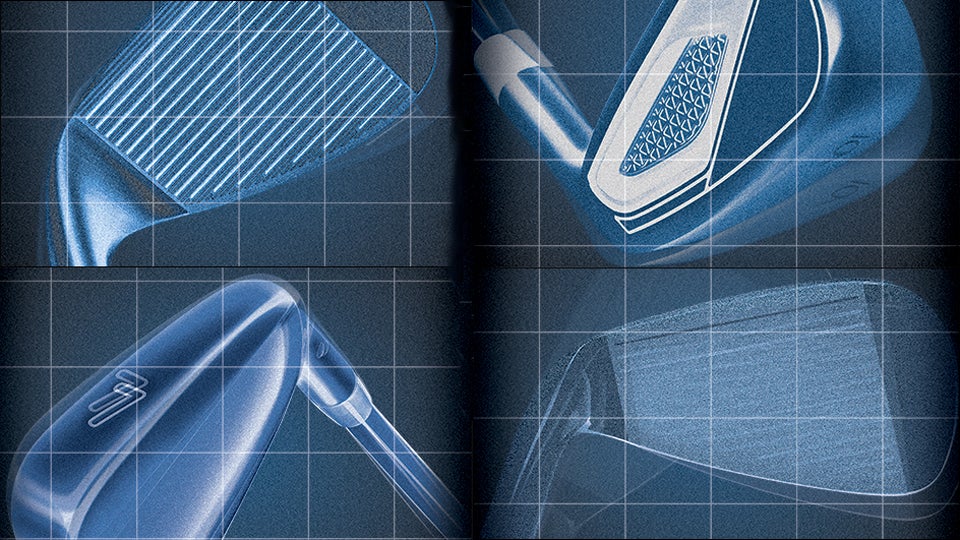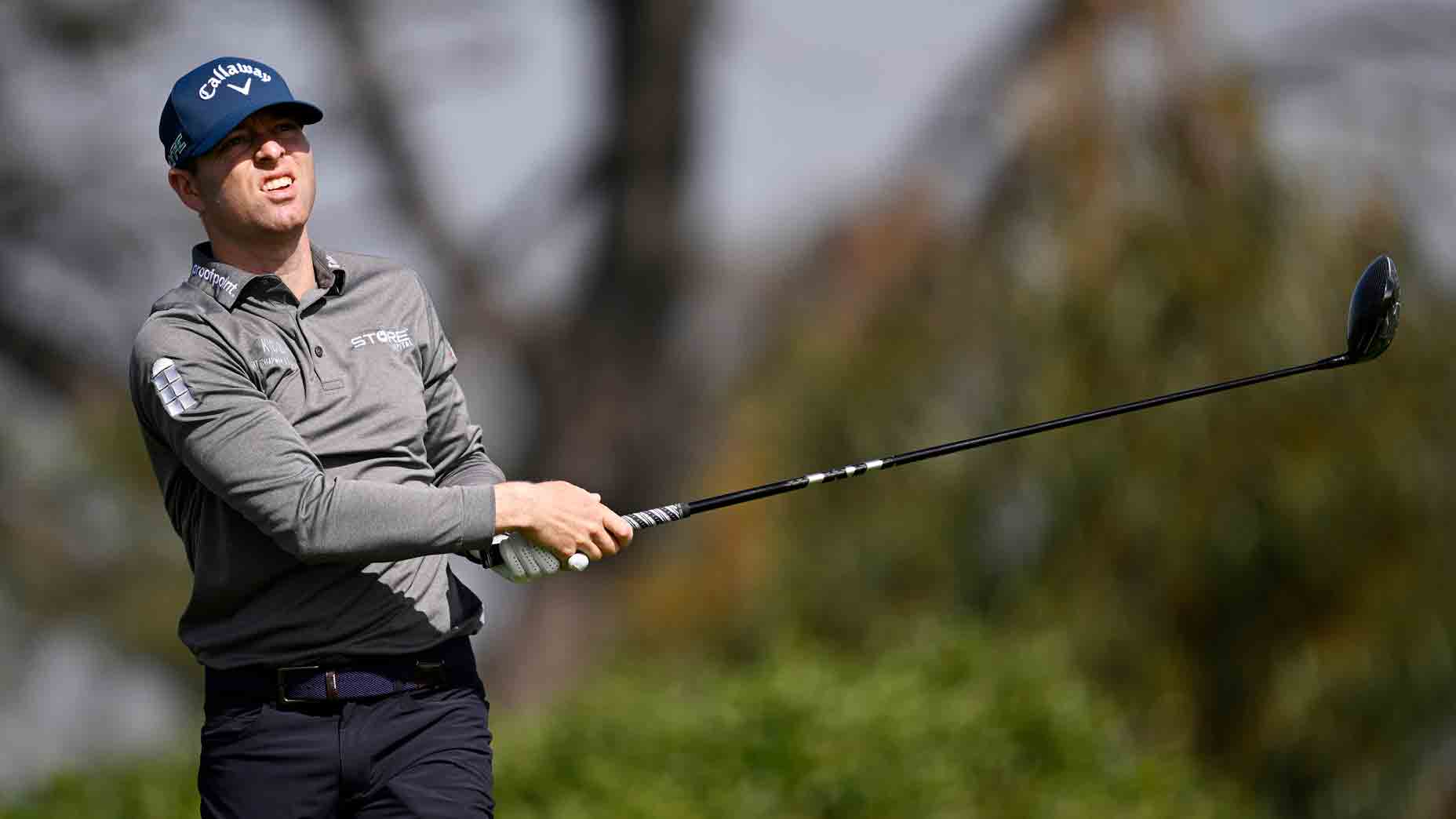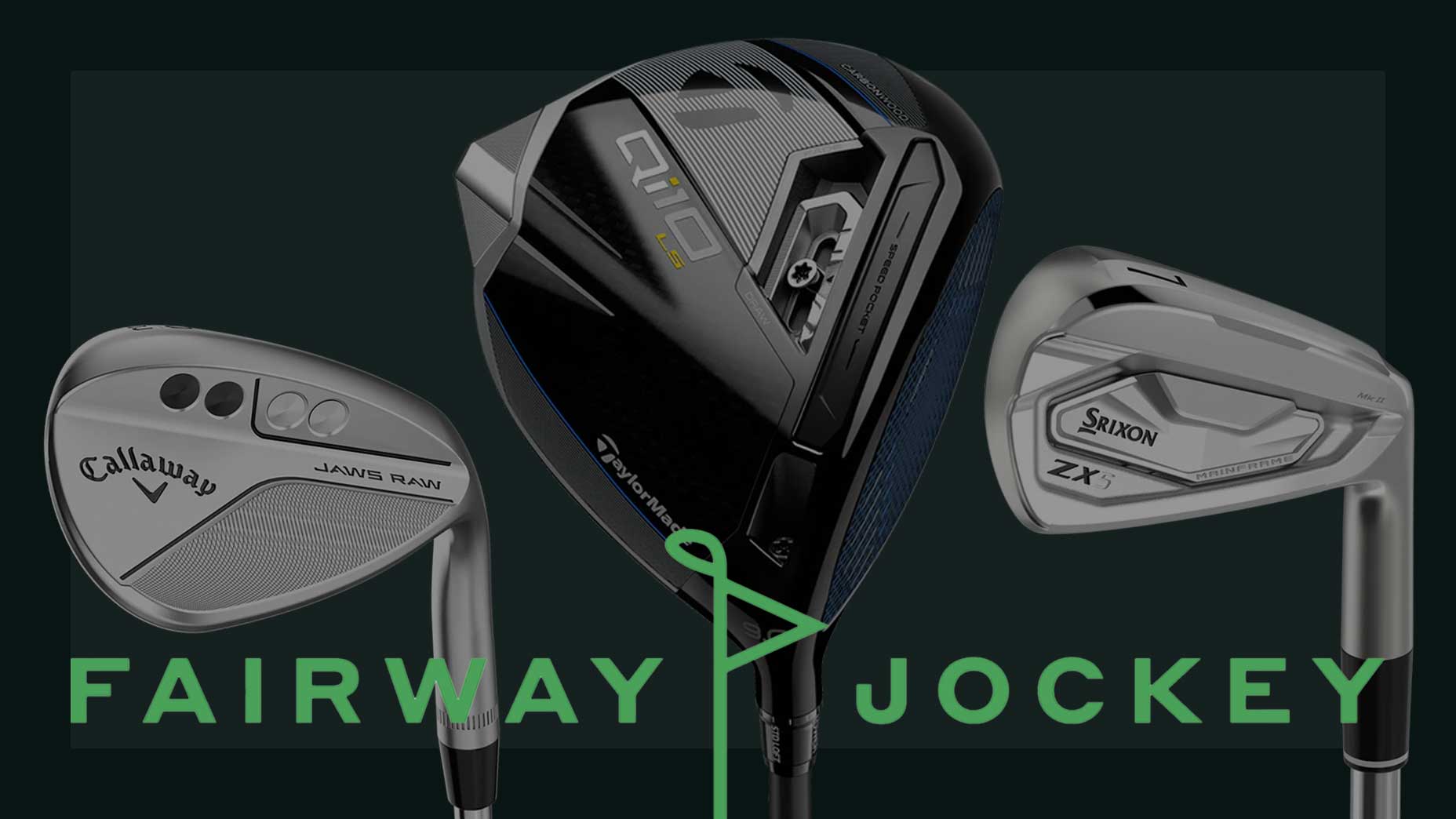Smart golfers place a premium on choosing irons that optimize launch.
Choosing a new set of irons can be a daunting experience. The sheer volume of available models—let alone the seemingly subtle distinctions between each one—is enough to make your head spin. “It’s tricky in the absence of a clubfitter,” says Ryan Stokke, design engineering manager at Ping. “Most players tend to opt for the “best-looking” irons, or the ones played by their favorite Tour pros. But unless they’re at or near scratch, that ends up being a very poor choice.”
Ping fits irons by focusing on impact—the model that delivers a launch angle resulting in the optimal trajectory and maximum carry distance for your swing speed is the one for you, aesthetics be damned. “If you like the look of a forged blade or “better player’s” iron, by all means start there,” Stokke says. “But if the resulting trajectory is too low, swallow your pride and move on. Remember, the goal is performance, not ego inflation.”
Next stop: game-improvement irons. The larger head size and deeper CG placement can boost your ballstriking. In the event those fail to provide optimal launch (we’ll assume that you live in the 21st century and are testing clubs on a launch monitor), try your luck with a max game-improvement model, which is the most forgiving you can buy. “Technicalities aside, the most important fitting parameter is solid contact,” says Stokke. “The model you hit the best will ultimately deliver the best launch and carry numbers.”
Only when you’re dialed into the correct performance category should you consider personal preferences such as offset, topline thickness and sole thickness. “The iron you get the best results from might not look the way you want,” Stokke explains. “But you won’t care when you’re knocking down pins.”







